

Matt Campbell
2026 Hyundai Tucson Hybrid review
1 Hour Ago
Is this the year BMW overtakes Mercedes-Benz in sales? And just how far will Tesla blast past the legacy luxury brands in sales?

News Editor


News Editor
There’s just three months before we say goodbye to 2023, and the luxury car sales race has seen some interesting developments so far this year.
BMW has overtaken Mercedes-Benz’s car and SUV division, Lexus is storming up the charts to put pressure on Audi, and Genesis is outselling Alfa Romeo, Jaguar and Maserati combined.
Let’s take a look at the luxury brands and where they stand with three months to go. We’ve omitted ultra-luxury brands like Bentley and Rolls-Royce for brevity.
But we’ve included Tesla and Polestar, even if their status as luxury car brands has been questioned.
You can argue Tesla isn’t a luxury brand, given its vehicles compete with mass-market fare like the Kia EV6 and it no longer sells its pricier Model S and Model X in Australia.
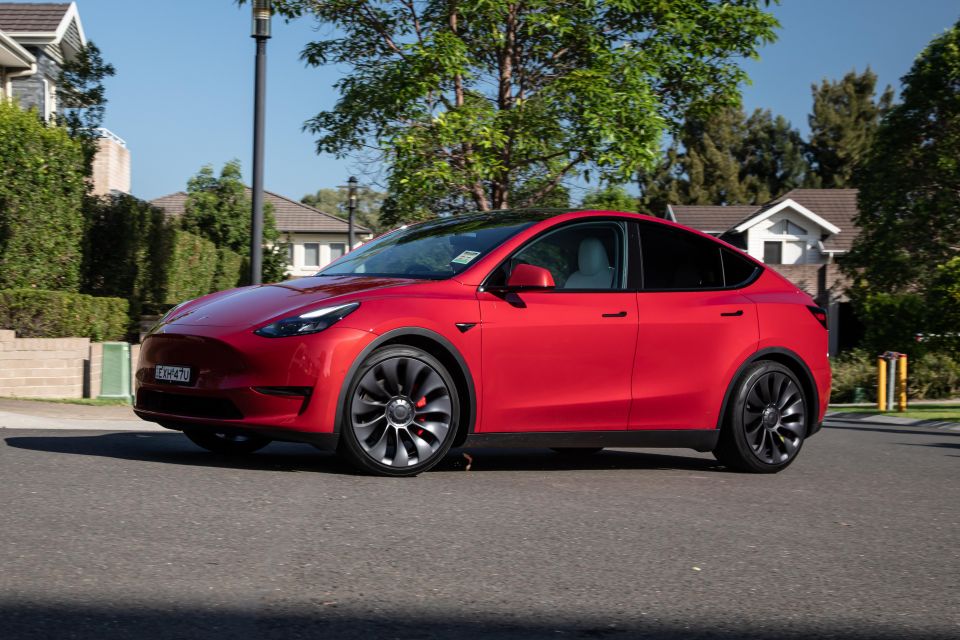
What you can’t argue, however, is how impressive Tesla sales are. At 37,977 units sold to the end of September, it’s the eighth best-selling brand in Australia, overtaking stalwarts like Nissan, Subaru and Volkswagen.
That makes it far and away the best-selling brand of those assembled in this article, with the Model Y comfortably its best seller (23,457 sales, up 336.3 per cent) ahead of the Model 3 (14,540, up 68.2 per cent).
Not only is the Model Y clobbering every other mid-sized SUV over $60,000, it has overtaken the more affordable MG ZS and Toyota RAV4 to sit in third spot overall behind only the Ford Ranger and Toyota HiLux.
Even if you strip away sales of Mercedes-Benz’s commercial vehicle division, something for which BMW has no competition, the three-pointed star has bested its Bavarian nemesis in Australia every year since 2012.
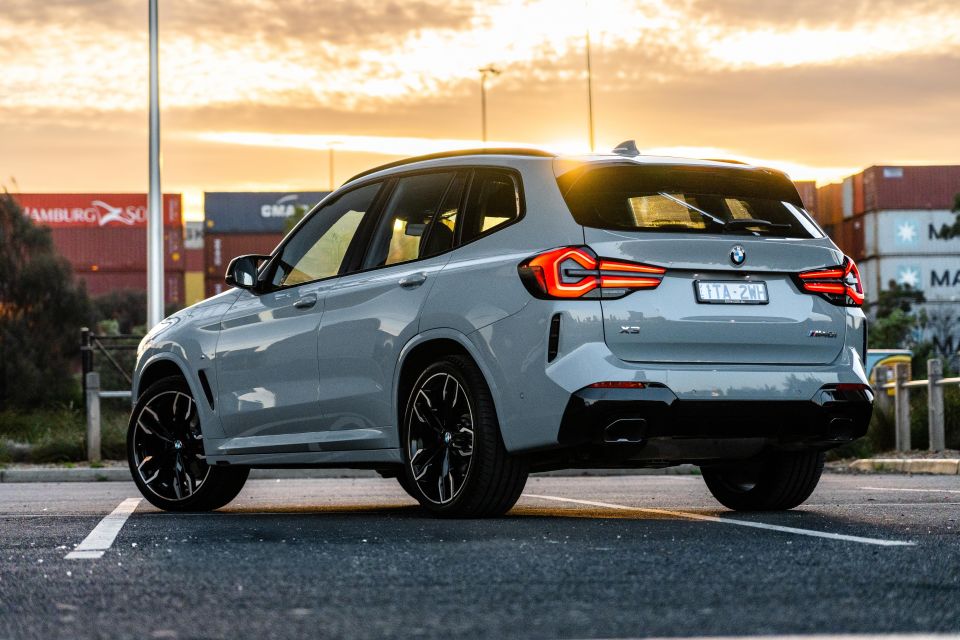
Judging by the sales charts this year, however, that streak could end. BMW sold 2354 vehicles to the end of September, up 15.8 per cent on the same period last year.
The X3 remains its top seller, though at 3122 sales it was down 14.8 per cent. The new X1 was up 40.6 per cent to take the second spot with 2984 sales, with the X5 in third (2663 sales, up 10.2 per cent) and the 3 Series in fourth (2342 sales, up 7 per cent).
BMW’s coupes and coupe SUVs aren’t doing as well this year, with double-digit declines across the board except for the new 2 Series (739 sales, up 79.8 per cent) and two-door 8 Series models (49 sales, up 22.5 per cent).
The electric iX is selling in almost the same volumes as models like the X7, with 661 units, up 114.6 per cent.
With 18,490 sales, Mercedes-Benz deliveries are 14.2 per cent compared with the first three quarters of 2022.
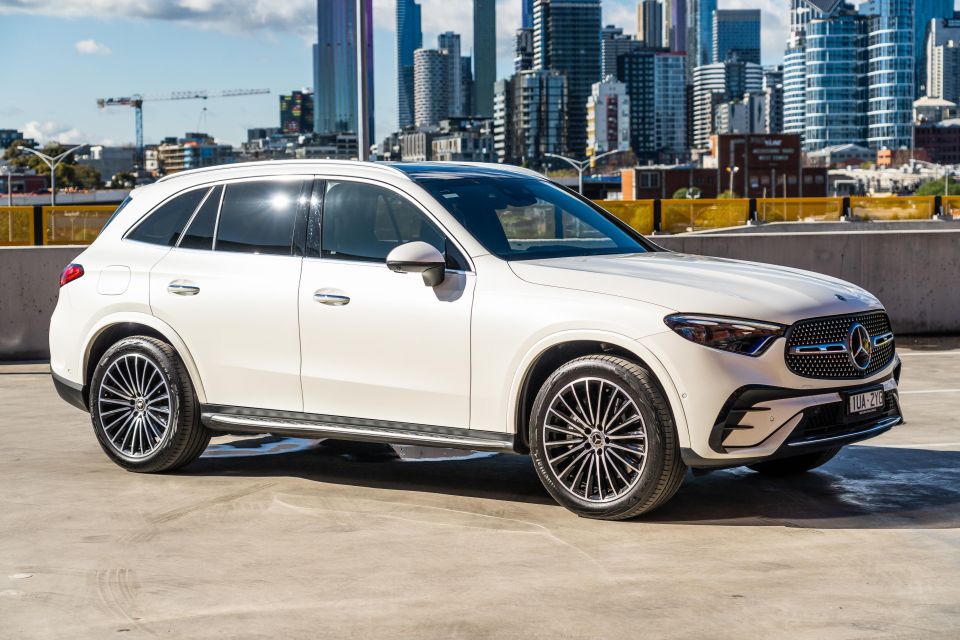
This tally doesn’t include a separate 3455-vehicle count for the company’s Vans division, which comprises cargo vans like the Vito and Sprinter, and people movers like the EQV.
The brand’s best-selling GLC, of which a new generation launched mid-year, is currently sitting at 2625 sales, a decline of 27.8 per cent; the GLC Coupe’s sales are reported separately (1275 sales, down 3.4 per cent).
Other volume players to see declines include the A-Class (1929 sales, down 16 per cent), C-Class sedan (2277 sales, down 15 per cent), and GLE (1984 sales, down 10.9 per cent even as the GLE Coupe increased by 5.5 per cent).
The sharpest increase in sales belongs to the electric EQB, which is up 420.7 per cent to 578 sales.
Audi sales are up 29.3 per cent compared with the first three quarters of 2022, with the Q3 and Q5 comfortably the Ingolstadt marque’s best sellers.
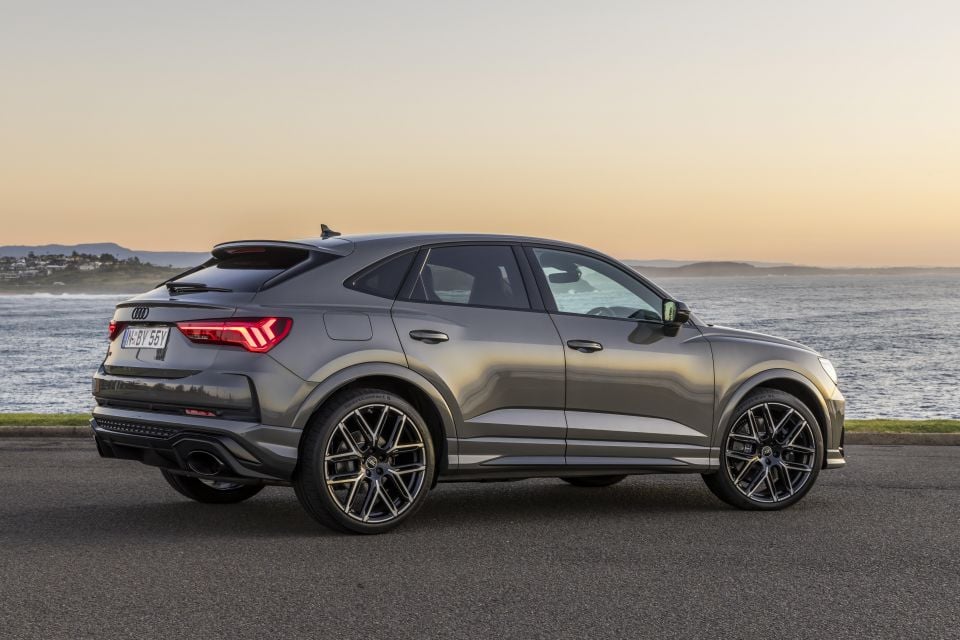
The Q3 is up 3.5 per cent to 3363 sales, though it continues to be kept from the top spot in its segment by the Volvo XC40. The Q5 is the brand’s second best seller (3213 sales, up 28.8 per cent), though it’s been overtaken by the Lexus NX in its segment.
In third place is the A3 with 2209 sales, up 45.7 per cent.
Some Audis have also experienced spikes in popularity towards the end of their lifecycles.
The A4 is up 74.2 per cent to 674 sales, the A5 Sportback up 34.9 per cent to 406 sales, the Q7 up 67.9 per cent to 1321 sales, and the TT up 154.8 per cent to 79 sales. Other models like the A6, A7 and A8, however, have posted double-digit declines.
Lexus has already set a sales record for 2023, and the year isn’t even over.
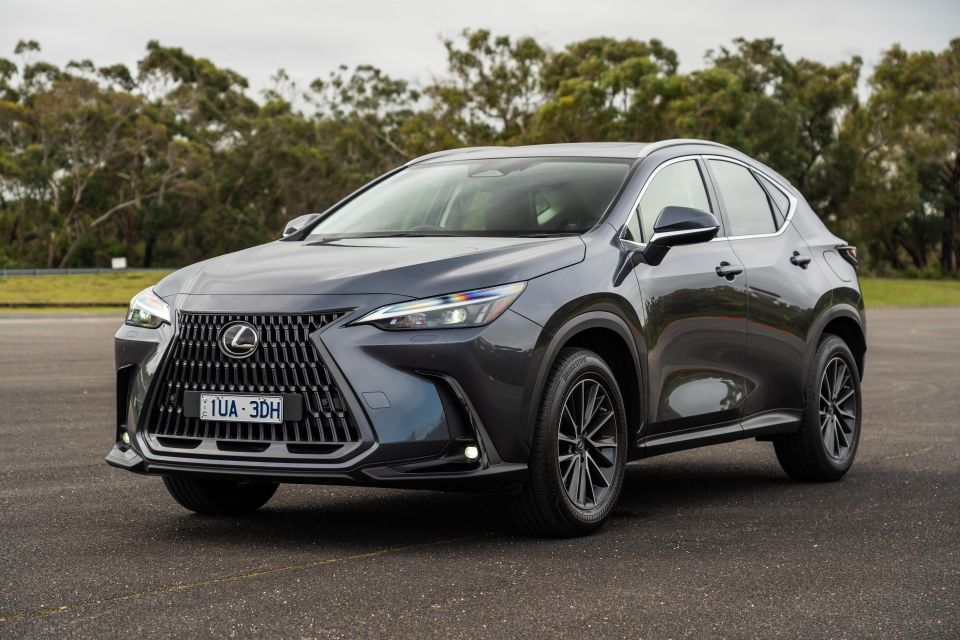
With 11,483 sales, it’s up 114.3 per cent even as it has continued to be affected by supply issues. Every Lexus model has sold in either the same volumes (LS) or greater (every other model) this year.
With 5063 sales, the NX is up 123.1 per cent and is comfortably the brand’s best seller. Only the LX has seen a greater increase in sales (805 units, up 232.6 per cent).
The RX is the brand’s second best seller with 2178 units, up 78.8 per cent, followed by the UX (1861 sales, up 106.1 per cent). Despite a market that has been moving away from sedans, the ES has notched 1343 sales, up 106.9 per cent.
Australia’s best-selling small luxury SUV has accounted for just over half of Volvo Car Australia’s sales in the first three quarters of 2023.
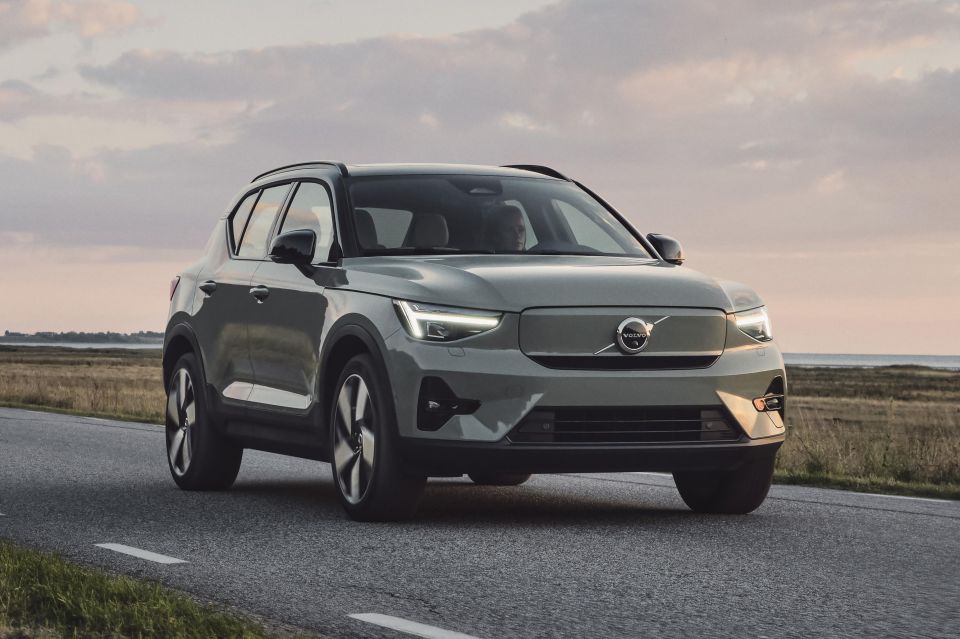
The XC40 has logged 4573 sales, up 19 per cent. The XC60 us a distant second for the brand at 2011 sales, down 28.9 per cent, with the XC90(996 sales, down 9.9 per cent) and newly released C40 (970 sales) following.
While the V60 Cross Country is up 2.7 per cent, that was to just 152 sales – just ahead of the S60 sedan (119 sales, down 39.6 per cent).
The arrival of the new Range Rover and Range Rover Sport, as well as the continued popularity of the Defender, has helped propel Land Rover sales upward by 79.9 per cent compared with the first three quarters of 2022.
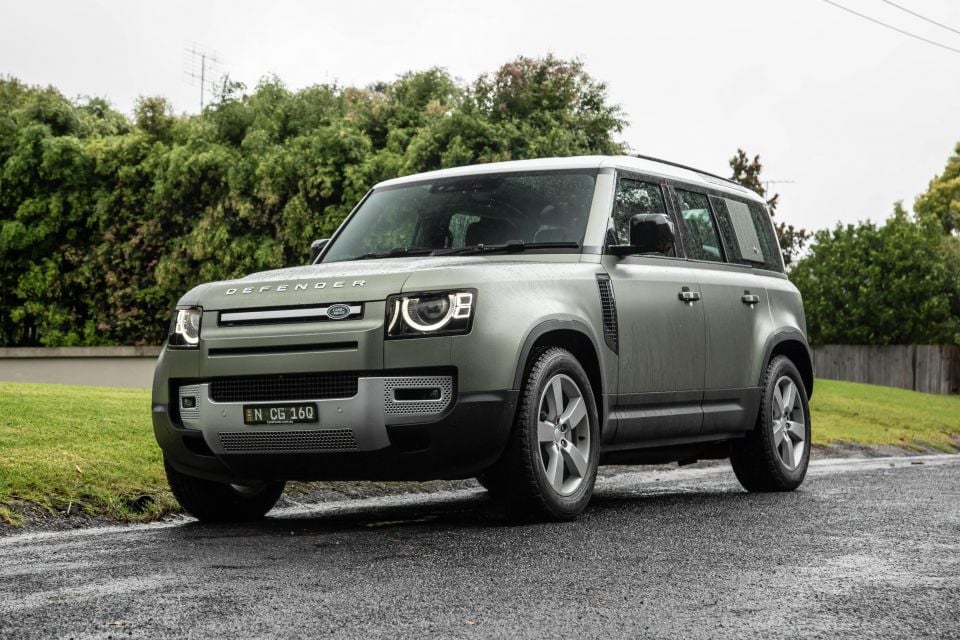
The Defender is comfortably the brand’s best seller (2923 sales, up 156.9 per cent), followed by the Range Rover Sport (1590 sales, up 94.9 per cent) and Range Rover (567 sales, up 617.7 per cent).
The second largest increase in volume, however, has come from the Land Rover Discovery. It logged 326 sales, an increase of 226 per cent, which has seen it overtake the smaller, cheaper Discovery Sport and Range Rover Evoque.
Porsche sales are up 18.7 per cent, with all models bar the 911 and Taycan up on the same period last year.
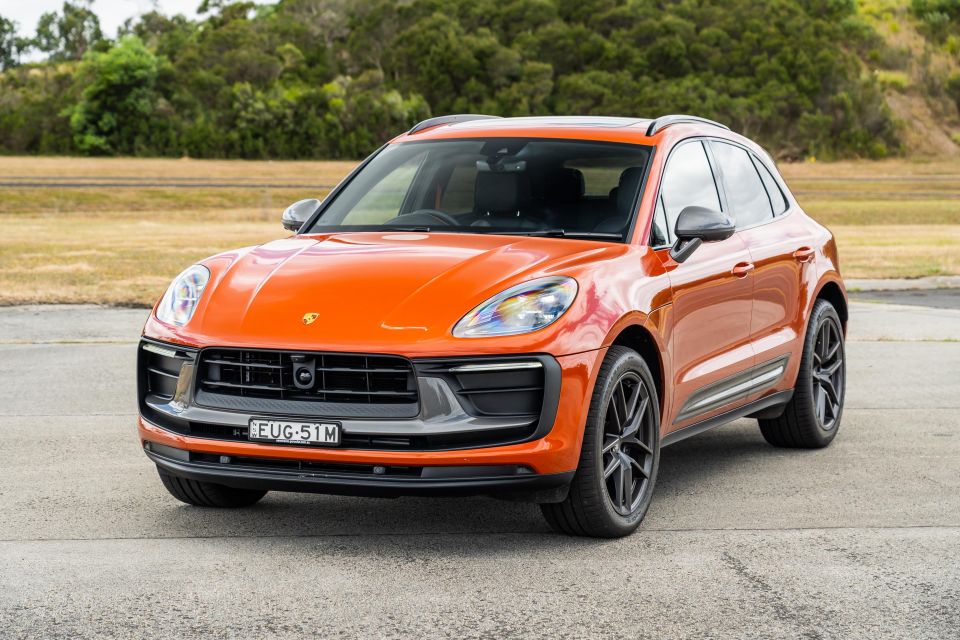
The brand’s best seller is the venerable Macan (2379 sales, up 19.2 per cent), followed by the Cayenne Coupe (709 sales, up 43.8 per cent) and Cayenne (577 sales, up 4.9 per cent).
The Taycan and 911 have posted only modest declines. The 911 is down 1.6 per cent to 432 sales, while the Taycan is down 6.5 per cent to 375 sales.
Polestar volumes are up by 129.7 per cent compared with the first three quarters of 2022.
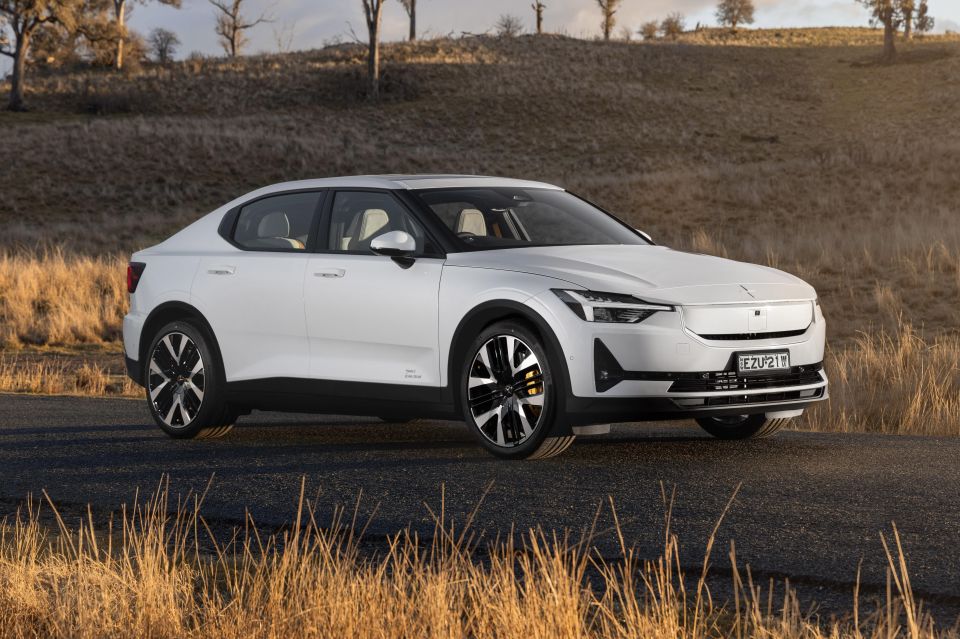
It still has just the Tesla Model 3-rivalling 2 liftback to offer, which has recorded 1789 sales. That isn’t enough to topple Tesla, but the Polestar has outsold the Kia EV6 (1147 sales) and Hyundai Ioniq 5 (707 sales).
The brand wants to sell more than 5000 vehicles in 2025, and will get a boost from the new Polestar 3 due in 2024. The Polestar 4 has also been confirmed for our market, which is set to be a higher-volume model.
Genesis continues to grow, with sales up 92.2 per cent compared with the first three quarters of 2022.
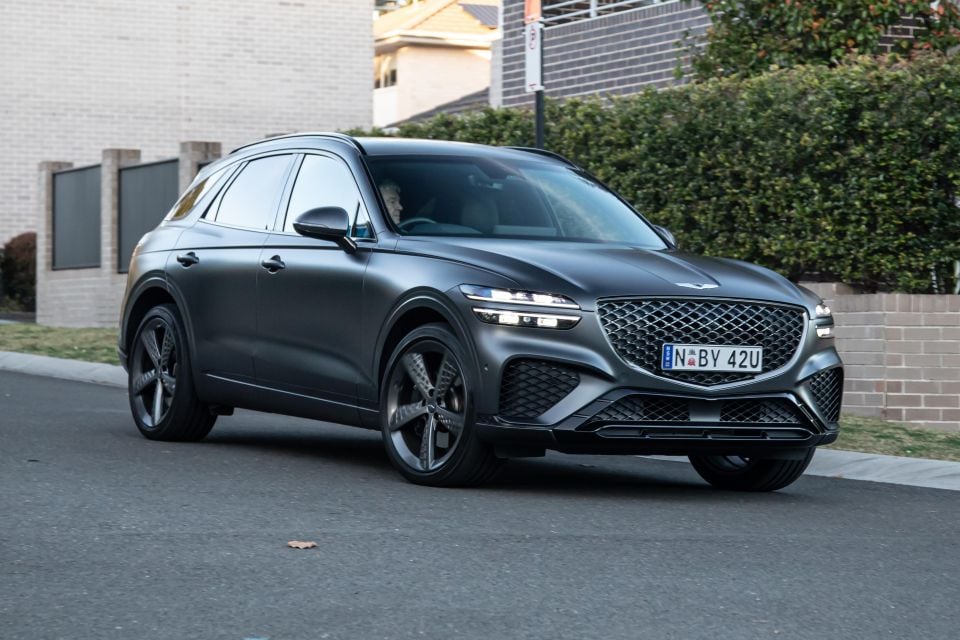
The GV70 accounts for around 62 per cent of the brand’s volume with 897 sales, up 137.3 per cent. In a distant second place is the GV80 (302 sales, up 64.1 per cent), followed by the electric-only GV60 (161 sales, up 177.6 per cent).
Genesis sedans continue to struggle in a market that has cooled towards sedans. The brand sold 57 G70s in the first three quarters of 2023, down 16.2 per cent, and 34 G80s, down 49.3 per cent.
Stellantis’ two Italian luxury brands sold an identical 489 units in the first three quarters of 2023, an improvement over the same period last year. Alfa Romeo is up 10.5 per cent, while Maserati is up 5.4 per cent.
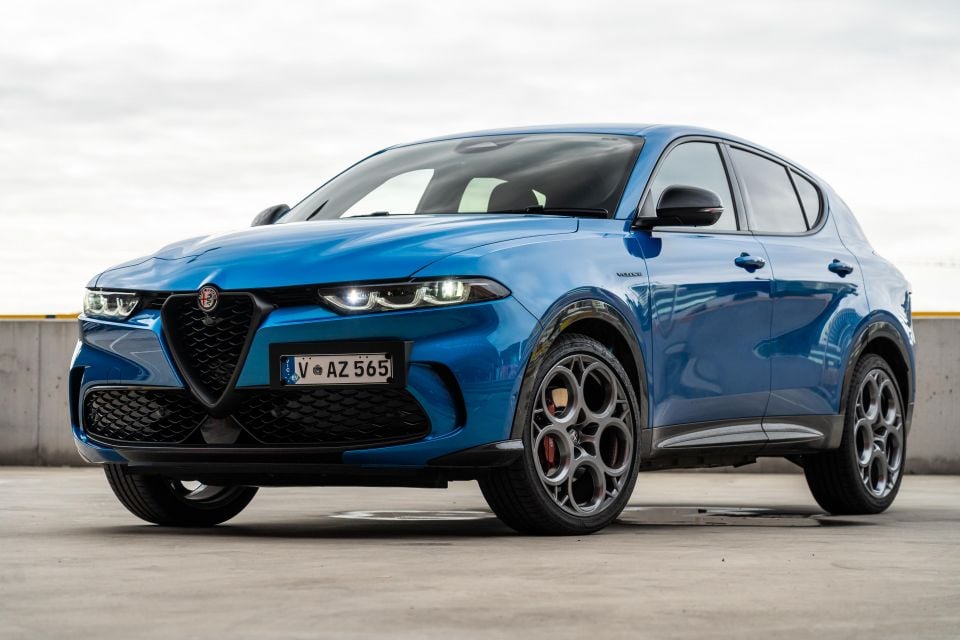
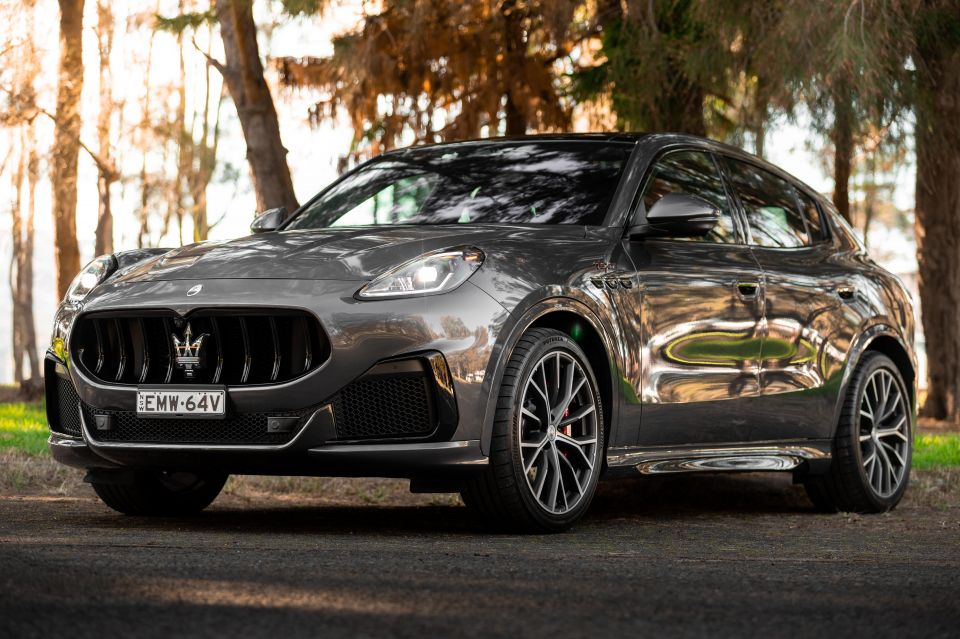
Unsurprisingly, it’s the two brands’ freshest products that are driving this growth. The Tonale, Alfa Romeo’s new entry-level model launched this year, is accounting for 46 per cent of sales, while the Giulia and Stelvio are both down (by 31.9 per cent and 47.6 per cent, respectively).
Maserati’s ageing Ghibli, Quattroporte and Levante are all down by 75 per cent or more, with the Grecale – a cousin to Alfa’s Stelvio, and a new entry-level model as of this year – accounting for around 76 per cent of the brand’s sales.
JLR’s plan for the Jaguar brand is to make it a more exclusive, low-volume brand.
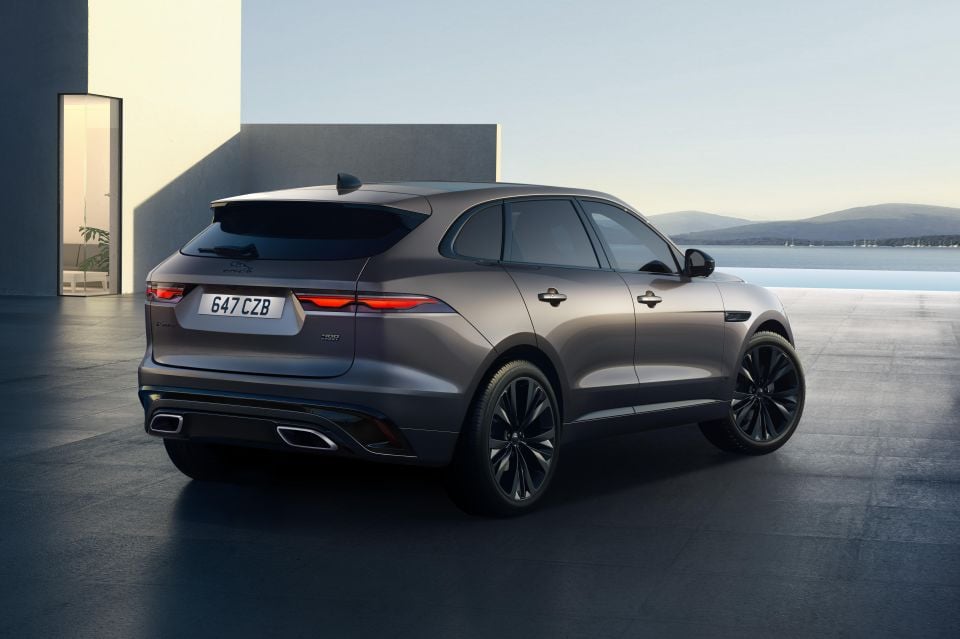
Even before it switches to an exclusively electric model range with even more prestigious vehicles, it’s already ticking the low-volume box. It’s only around 200 sales above the likes of Bentley and Ferrari despite a range comprising three SUVs, two sedans and a sports car.
Sales to September are down 39.2 per cent on the same period last year.
The F-Type is enjoying a swansong bump (37 sales year-to-date, up 19.4 per cent) and the I-Pace is up, albeit from a very low base (24 sales, up 41.2 per cent). But its F-Pace is lagging its Range Rover-badged cousin the Velar (213 sales, down 23.1 per cent), while the rest of its range languishes in double digits.
That excludes the XF, of which Jaguar has sold just six examples this year, down 50 per cent.
William Stopford is an automotive journalist with a passion for mainstream cars, automotive history and overseas auto markets.


Matt Campbell
1 Hour Ago


Max Davies
17 Hours Ago


William Stopford
17 Hours Ago


Derek Fung
18 Hours Ago


Max Davies
1 Day Ago


William Stopford
2 Days Ago